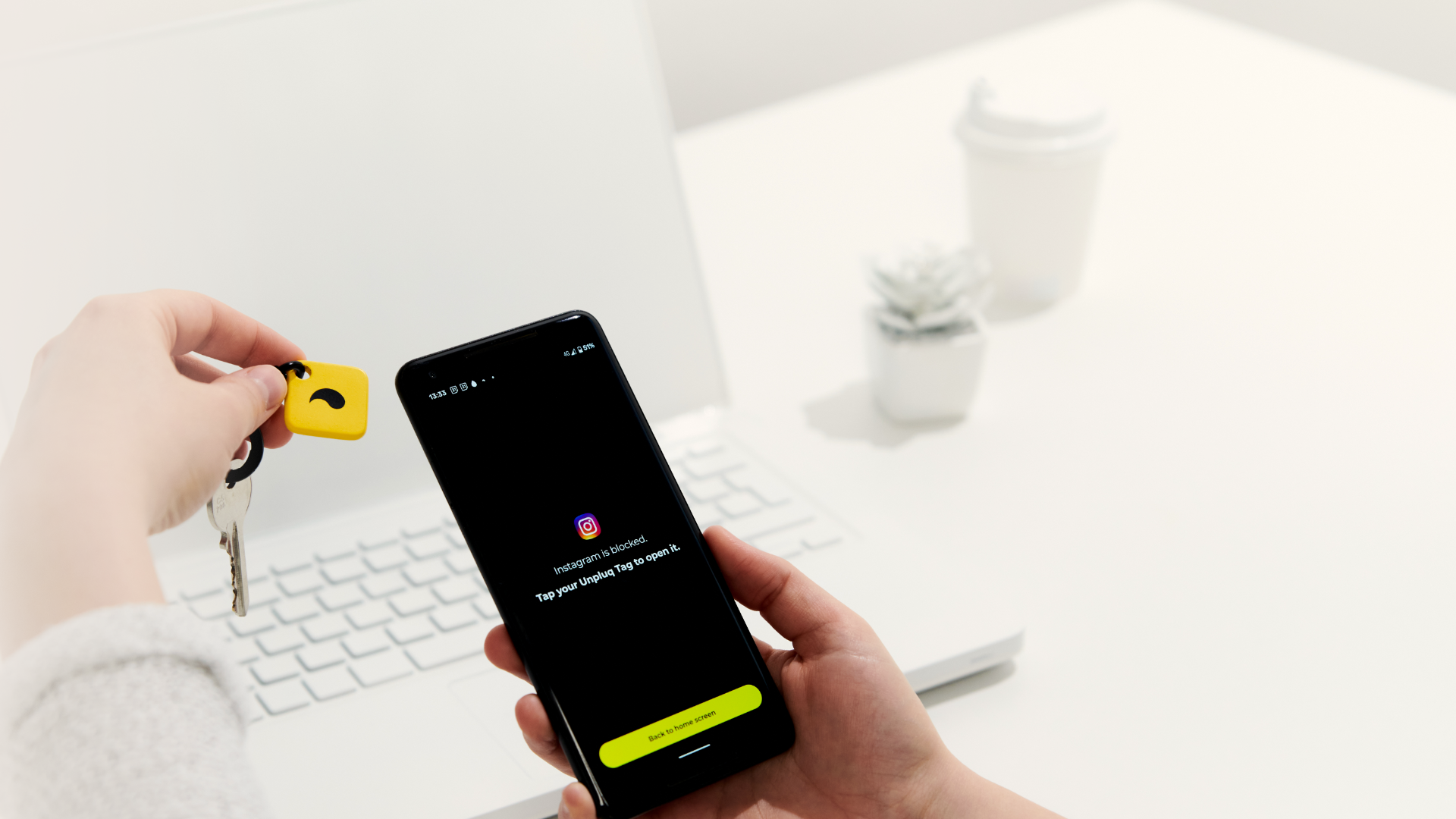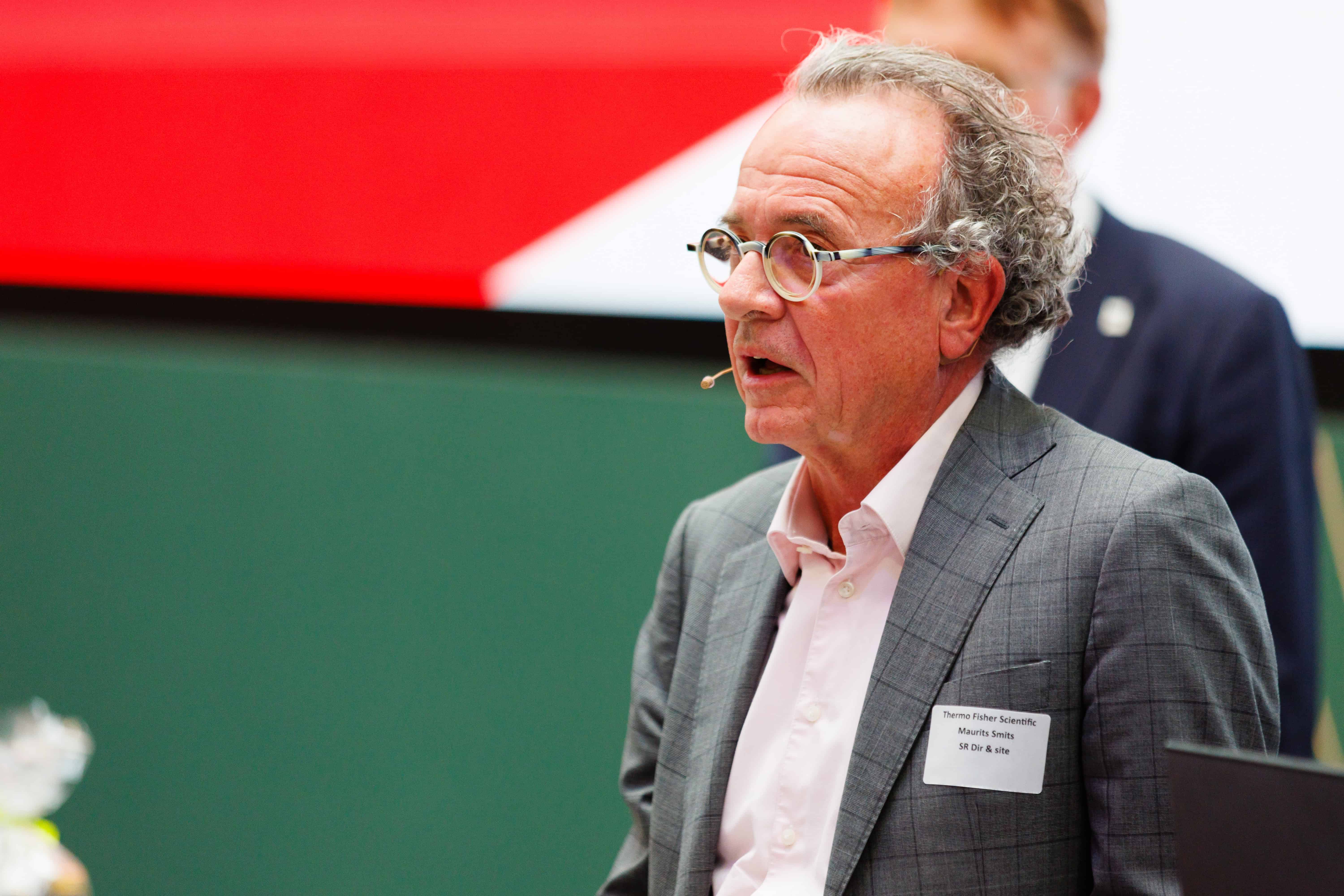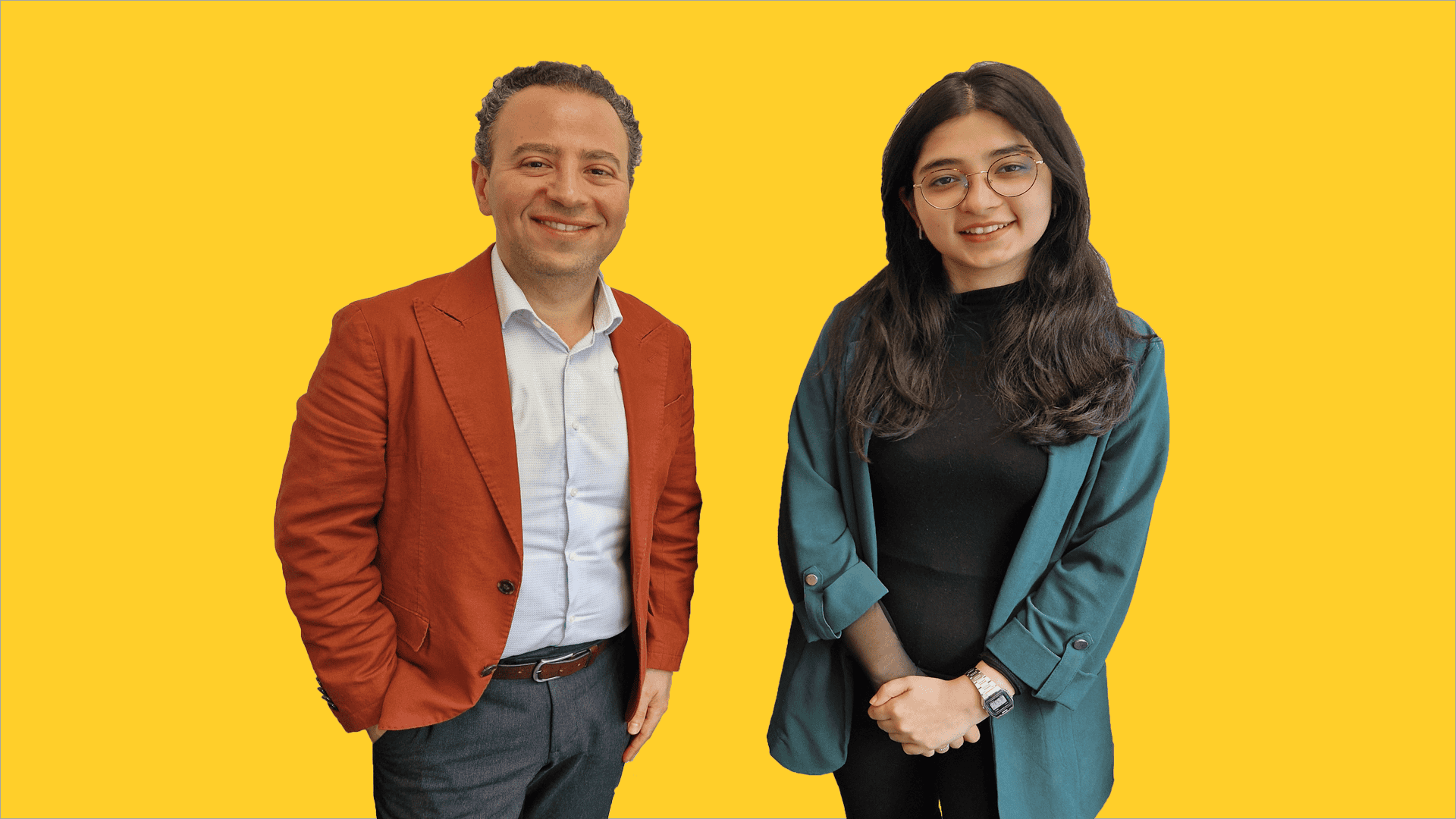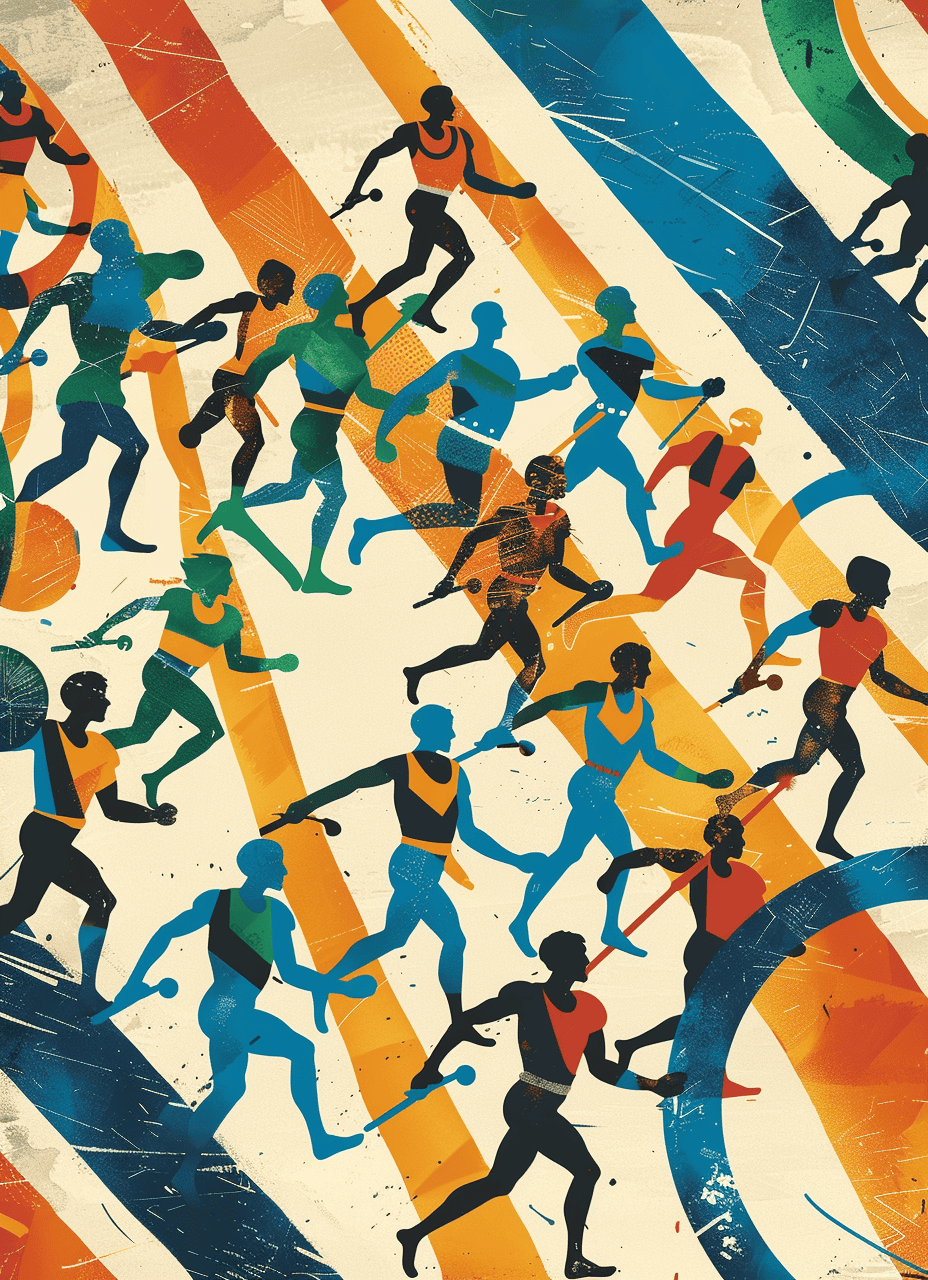
About Unpluq
- Founders: Tim Smits and Jorn Rigter
- Founded in: 2020
- Employees: 6
- Money raised: -
- Ultimate goal: Address distractions caused by scrolling too much on smartphones
Who hasn’t experienced this before? While you take a short break from studying or working, you grab your phone for a bit of brief entertainment. You start scrolling on Tiktok or Instagram and before you know it, half an hour has gone by. With the help of an app and a physical tag, Unpluq blocks addictive apps after a certain amount of time, leaving you more time for things that are more worthwhile. Tim Smits, co-founder of the company, tells us in this instalment of start-up of the day how Unpluq is faring.
How did you come up with the idea to set up Unpluq?
“Two years ago, I founded the company together with a good friend of mine, Jorn Rigter. At the time, we were both still studying at TU Delft. During our studies, we both noticed that we were easily distracted by our phones. We started working on a solution for this for one of our courses, which eventually led to Unpluq.”
What are the biggest downsides of too much screen time?
“Smartphones can be really useful, but when you grab your phone, you can just as easily have access to those distracting features. Pretty soon you’re spending a lot of time scrolling on social media. Yet scrolling too much before going to bed can impair your quality of sleep. Too much screen time can also adversely affect your attention span. Another major downside, especially among young people, is that spending so much time on social media can distort their perception of what reality is really like. People compare themselves with the ‘perfect’ lives of others on social media. That does not do your mental health any favors.”

Can you explain how your app works?
“Unpluq is an app paired with a physical product, i.e., a tag. The goal is to help people become less distracted by their smartphones. In our app, the user compiles a list of distracting apps which are then blocked after a certain amount of time. For example, if you try to open Instagram, you won’t be able to. Once you hold the tag up against the back of your phone, you can access the blocked apps again. We started a crowdfunding campaign last week to fund the development of the tag. At first we started with a physical product, the Unpluq key. Then we made a software version, and now we’re adding the Tag as an extra option.”
Why did you choose a physical product that can be used with the app?
“Given that you have to do something physical to access your distracting apps, you’re making a much more conscious decision. That way you’re encouraged to put your phone away for a while. This makes you think about what you do on your phone. We have also developed a software version of the key. You can unlock your smartphone with this version, for example, by pressing seven buttons on your smartphone. We leave it up to the user to choose the kind of key they want to use. However, we have already analyzed a lot of data and the first analysis shows that the physical key gives people an average of seventy minutes of their time back, whereas with the software version it’s less than fifty minutes. So the physical aspect really does seem to work better.”

What sort of challenges are you running into?
“One interesting obstacle that we come up against is the fact that people first have to realize that they are on their phones too much before they will consider buying our product. They often don’t want to accept that there is a problem yet and find it too big a step to do something about it. However, we do see that there is increasing awareness of the distracting effect of smartphones in society. In fact, you often see it on the news lately.”
What do your future plans look like?
“We’re presently working very hard on bringing the iPhone version of Unpluq to market. It’s going to be released at the end of the summer. Ultimately, it would also be nice to develop a version that can be used on other devices, such as PCs. And I can definitely see us going international in a few years’ time. We’re already noticing that there is some interest in our app in America. So that ought to work out fine.”









